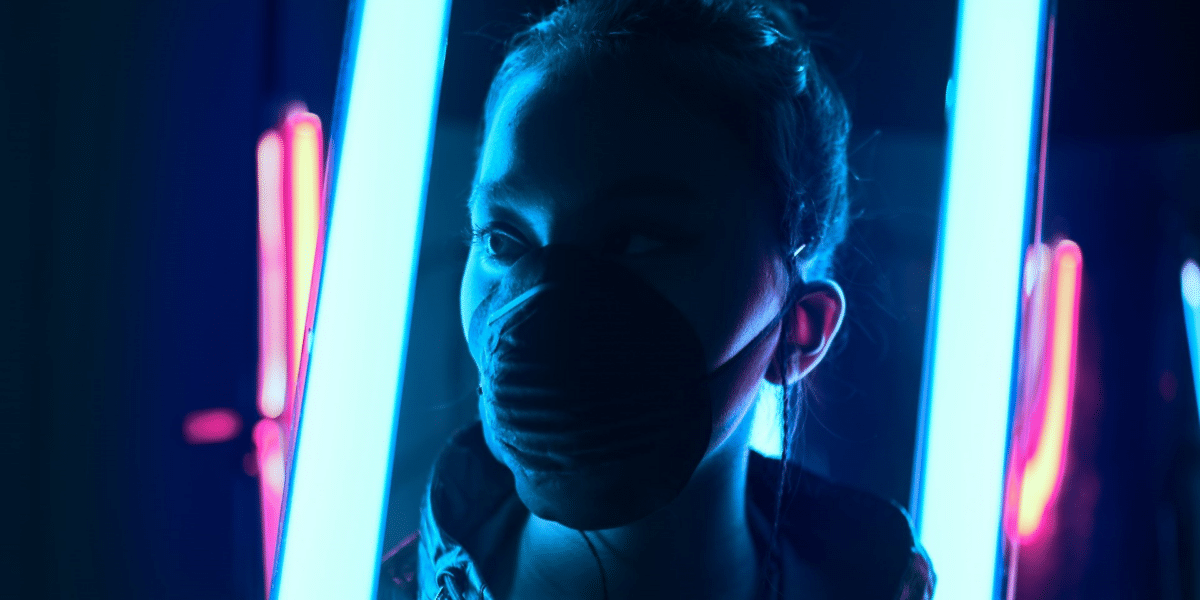Why Vinyl Records Have Become More Colorful Today
Vinyl records, once known for their classic black appearance, have undergone a colorful transformation in recent years. Today, you can find vinyl records in a wide array of vibrant hues, from bright blues to fiery reds and everything in between. But why have vinyl records become more colorful today? Let’s explore the reasons behind this trend and what it means for music lovers and collectors alike.
Aesthetic Appeal
One of the primary reasons for the surge in colorful vinyl records is their aesthetic appeal. In a digital age where music consumption has become increasingly intangible, vinyl records offer a tangible and visually captivating listening experience. Colorful vinyl records not only sound great but also look great, adding a pop of color to any record collection. Whether displayed on a shelf or spinning on a turntable, colorful vinyl records are sure to catch the eye and spark conversation among music enthusiasts.
Limited Edition Releases
Another factor driving the popularity of colorful vinyl records is the rise of limited edition releases. Record labels and artists are constantly looking for ways to make their releases stand out in a crowded market, and colorful vinyl records offer a unique and collectible option for fans. Limited edition pressings in vibrant colors often sell out quickly, making them highly sought after by collectors. Whether it’s a special anniversary edition, a record store day exclusive, or a collaboration with a visual artist, limited edition colorful vinyl records offer fans a chance to own a piece of music history.
Artistic Expression
Vinyl records have long been celebrated as a form of artistic expression, and colorful vinyl records take this concept to the next level. From custom splatter patterns to translucent swirls, colorful vinyl records allow artists and designers to unleash their creativity and experiment with new visual techniques. Each colorful vinyl record is a unique work of art, reflecting the personality and style of the music it contains. For artists and musicians, colorful vinyl records offer an opportunity to express themselves not only through music but also through visual aesthetics.
Enhanced Listening Experience
Beyond their visual appeal, colorful vinyl records can also enhance the listening experience for music enthusiasts. Some audiophiles believe that certain colors of vinyl can affect the sound quality of a record, with claims that colored vinyl produces warmer tones or richer soundscapes compared to standard black vinyl. While the scientific evidence behind these claims is debatable, there’s no denying the allure of colorful vinyl records for those who appreciate the finer nuances of audio reproduction.
Nostalgia and Retro Appeal
In a world dominated by digital streaming services and mp3 downloads, vinyl records offer a nostalgic and retro appeal for music lovers of all ages. For older generations who grew up with vinyl, colorful records evoke memories of flipping through record bins in music stores and carefully placing the needle on a spinning turntable. For younger generations who have embraced vinyl as a trendy and hip form of music consumption, colorful records offer a connection to the past while adding a modern twist.
Environmental Considerations
While colorful vinyl records are undeniably eye-catching, some critics have raised concerns about the environmental impact of the dyes and chemicals used in the manufacturing process. Traditional black vinyl is typically made from PVC, a type of plastic that is not biodegradable and can release harmful chemicals when burned or disposed of improperly. However, manufacturers are increasingly exploring more eco-friendly alternatives, such as recycled vinyl or plant-based materials, to create colorful vinyl records that are both visually stunning and environmentally sustainable.
Coloring Music
The rise of colorful vinyl records represents a convergence of art, technology, and nostalgia in the modern music industry. Whether it’s for their aesthetic appeal, limited edition collectibility, artistic expression, enhanced listening experience, nostalgia, or environmental considerations, colorful vinyl records have captured the imagination of music enthusiasts around the world. As the vinyl revival continues to gain momentum, we can expect to see even more innovative and creative designs in the world of colorful vinyl records. Whether you’re a seasoned collector or a casual listener, there’s never been a better time to add some color to your record collection.










